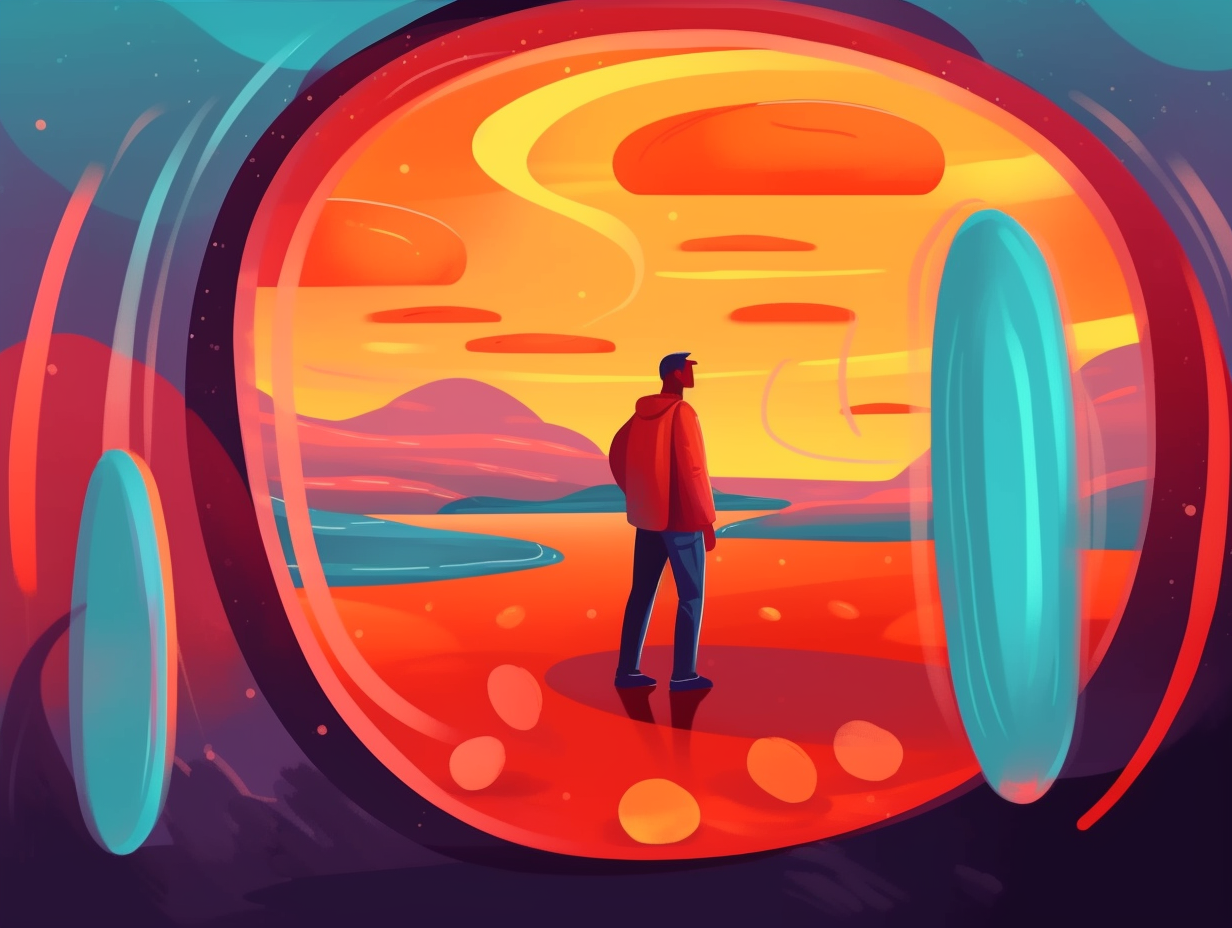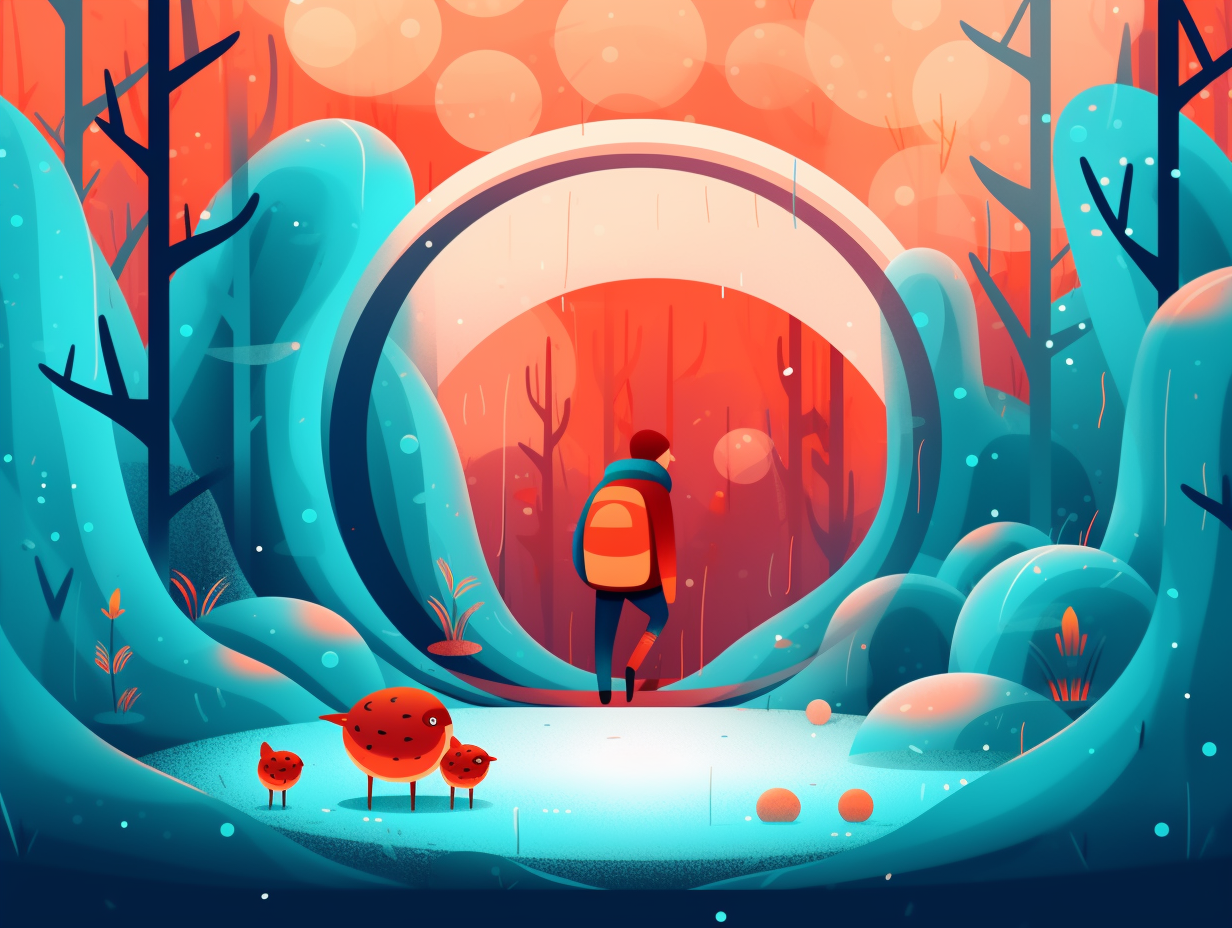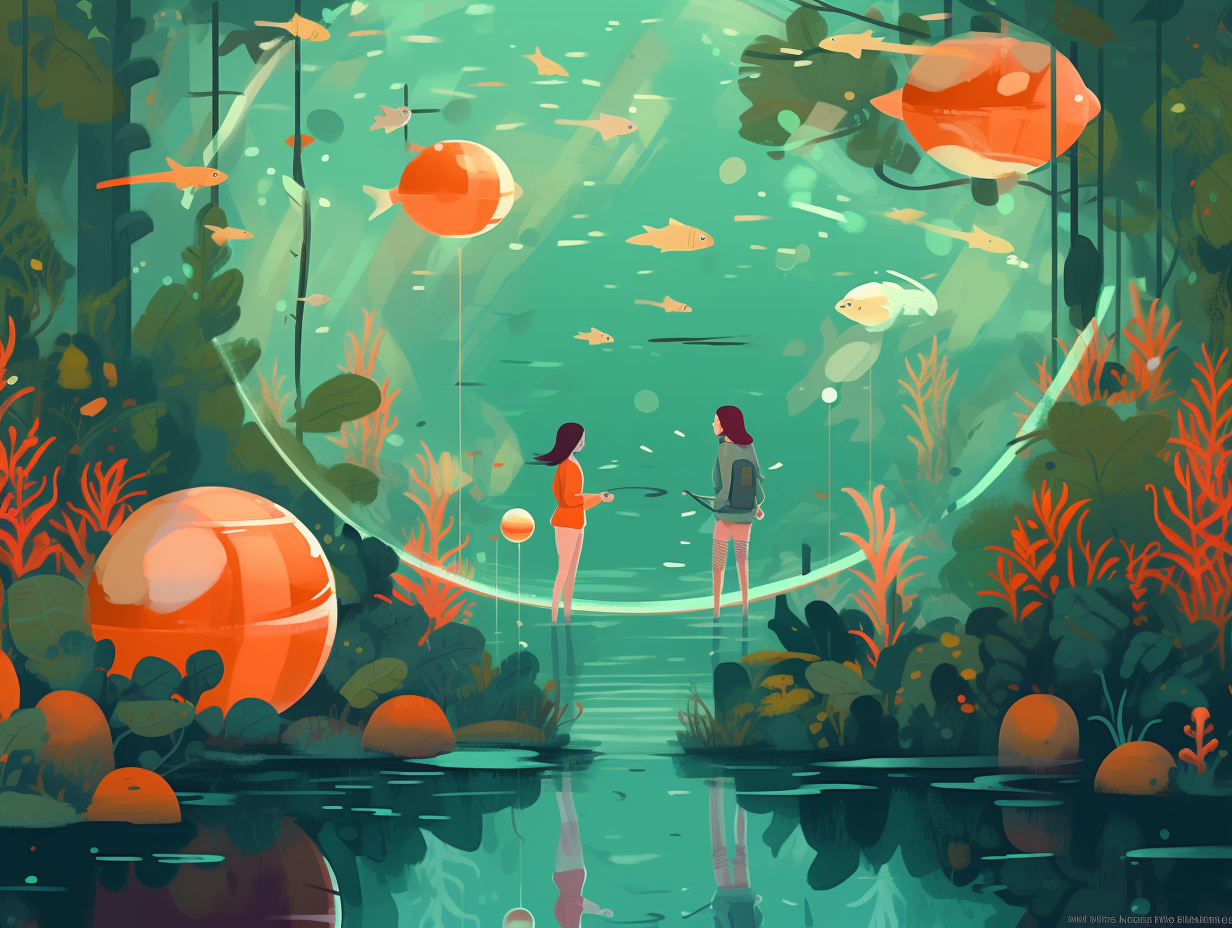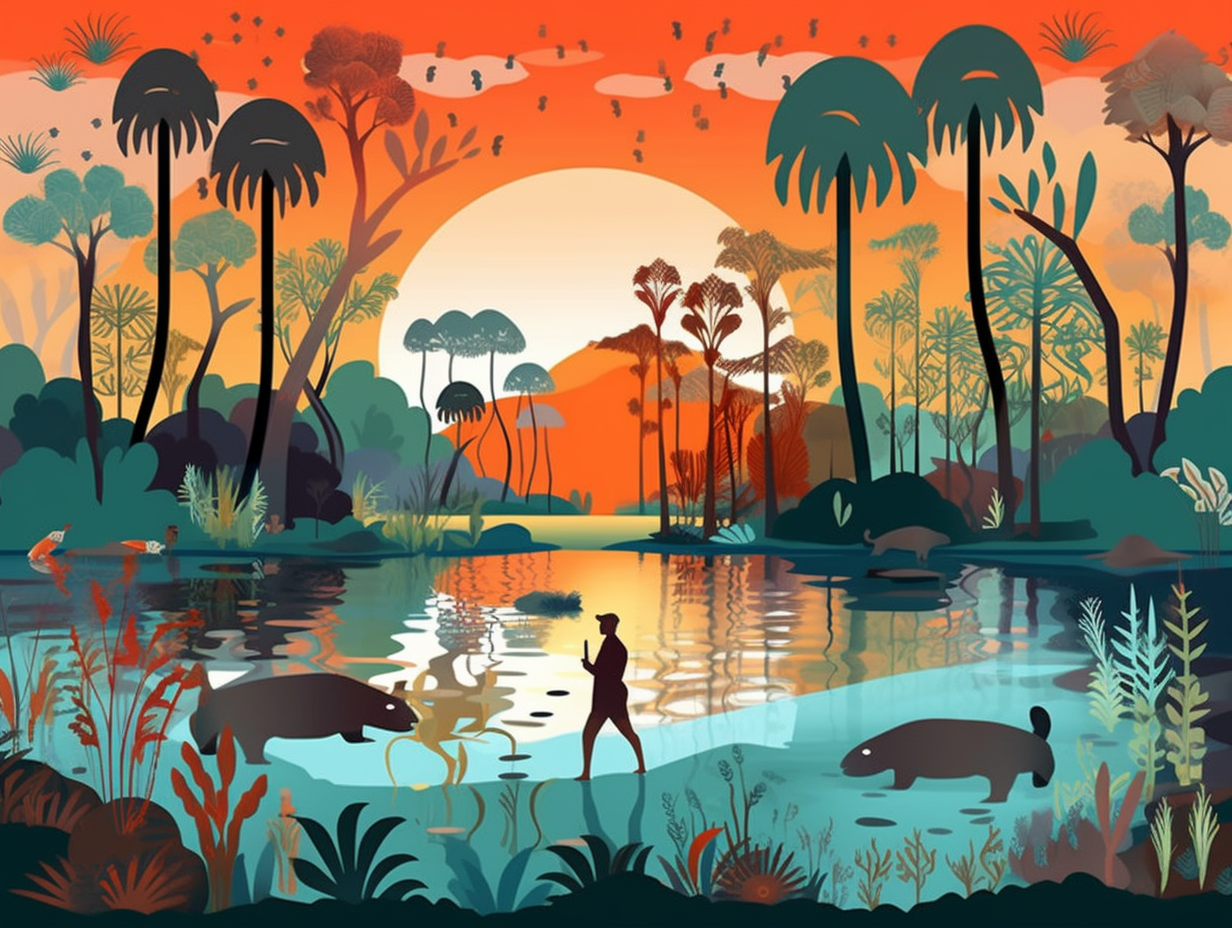Discover the Wonders of Nature: Top 13 Unbelievable Fun Facts About Evolution You Didn't Know!

1. Anglerfish's Glowing Love Life
It's dark, it's deep, it's a game of hide-and-seek: the female deep sea anglerfish knows how to play it cool with her irresistible glow stick at the end of her protruding forehead, bewitching prey and love-struck males alike; her quirky cousins, the bite-sized fellas who are ready for a Tinder-style fling, don't stick around after a brief encounter, and their babies enter this strange world through unloving external fertilization.
Source => oceana.org
2. Pandas' Real Estate Investment in Wrists
If Mr. Monopoly had a spirit animal, it would be the giant panda: they've invested heavily in evolutionary wrist real estate! The serious reveal: Their false thumb, evolved from an elongated wrist bone, helps them expertly grasp and demolish bamboo, their food of choice, since the first bamboo-munching ancestor emerged 6-7 million years ago in south China.
Source => nhm.org
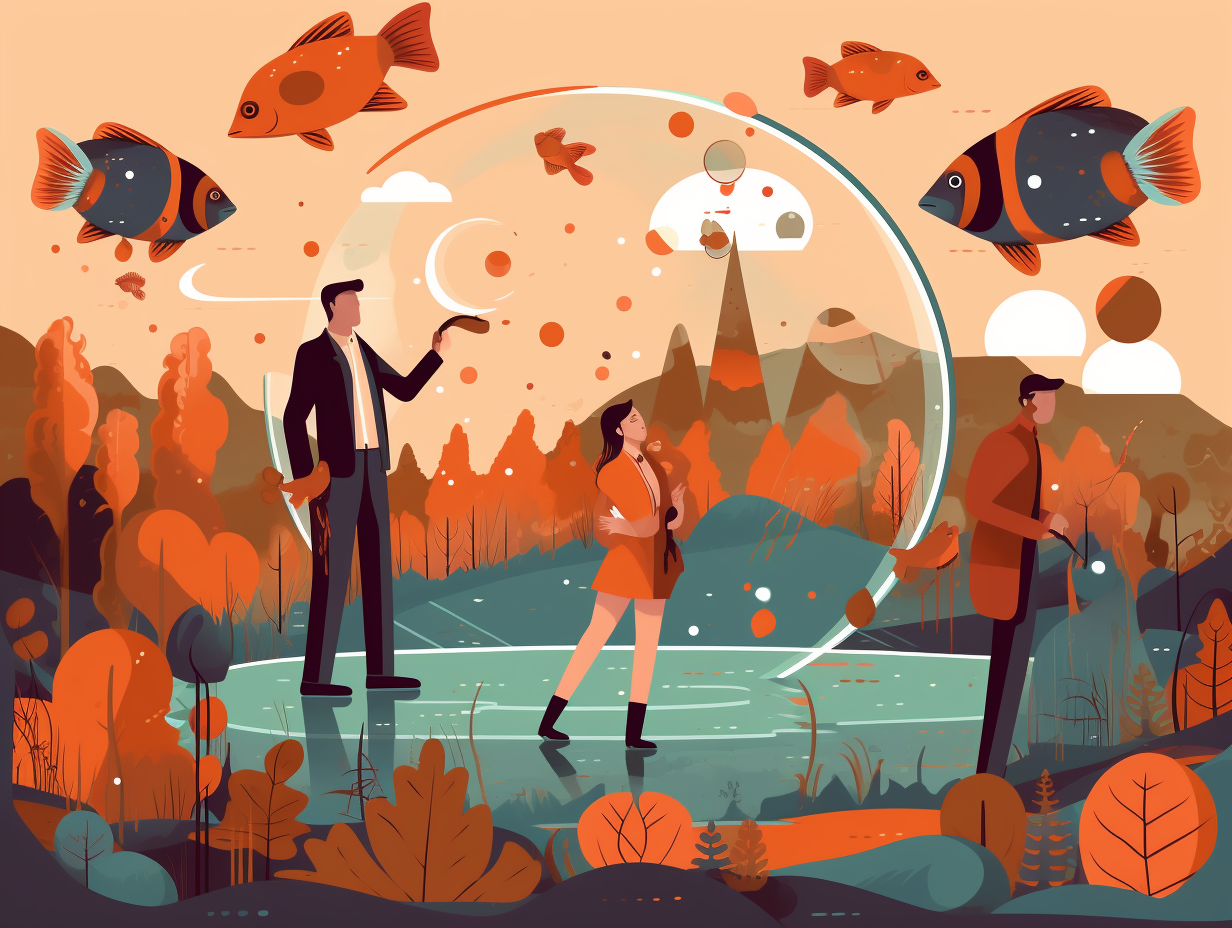
Did you know giraffes' long necks are a result of natural selection, giving them access to hard-to-reach leaves for survival? Discover more amazing facts about this evolutionary process! 🦒🍃
=> Fun Facts about Natural-Selection
3. Blue-eyed Humans' VIP Ancestors
If you've ever been told that you have "baby blues," you might just be part of an exclusive club that can trace its roots back to a single VIP: All blue-eyed humans share a common ancestor who popped up on the scene 6-10,000 years ago. The serious reveal: A study from the University of Copenhagen found that a unique mutation in the OCA2 gene created a genetic switch that diluted brown eyes to blue, and every person with blue eyes today has inherited that switch at the exact same spot in their DNA, making them all part of one big blue-eyed family.
Source => sciencedaily.com
4. Turtles' Shell Origin Mystery Solved
Once upon a shell: a mysterious chelonian caper left scientists shell-shocked, and it took them a trip back to a 260-million-year-old South African reptile for answers! Say hello to Eunotosaurus, the early stem turtle that cracked the case wide open: they discovered that the origin of the turtle shell lay in the broadening of the creature's ribs, followed by its vertebrae and the acquisition of osteoderms along the shell's perimeter. Turtley amazing, right?
Source => scitechdaily.com
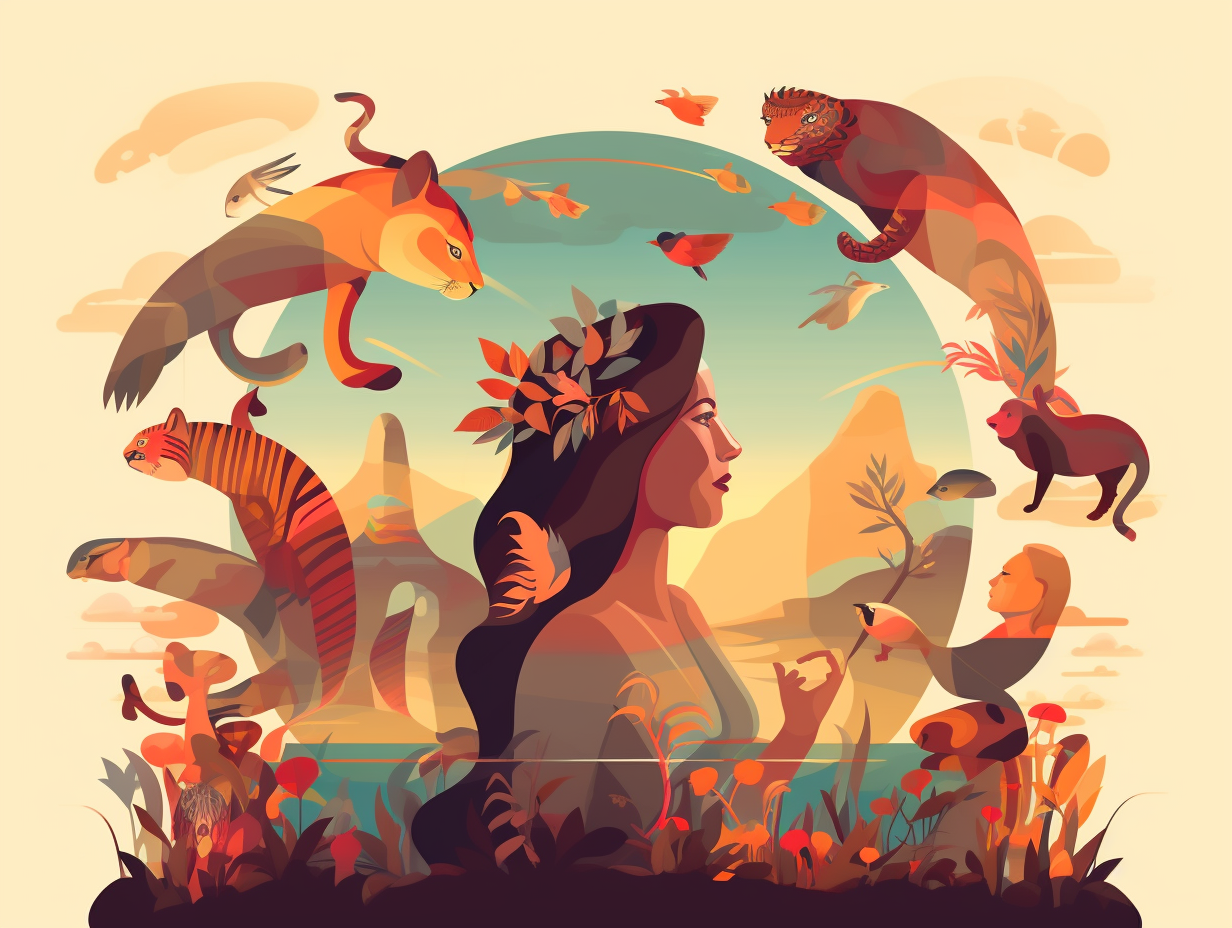
5. Humans: The Michael Jordans of Sweating
You know that old saying, "sweating like a hairy ape"? Well, it turns out Mother Nature had a better grooming routine for us homo sapiens: According to a recent study, humans have a lower hair density compared to their primate relatives like chimpanzees and macaques, which led to an increase in eccrine sweat gland density. So while we lost out in the hair game, we ended up being the Michael Jordans of sweating for optimum cooling!
Source => ncbi.nlm.nih.gov
6. Peacocks' Eyespots: The Ultimate Beauty Pageant
Who knew peacocks were in the running for RuPaul's Drag Race? These feathery divas have eyespots on their train that could give many beauty queens a run for their money: Mating success and offspring health are determined not just by the peacock's exquisite plumage, but also by the number and arrangement of their eyespots, making a fine blend of sexual selection and survival strategy.
Source => avibirds.com
7. Bananas: Our Yellow, Potassium-rich Cousins
Next time you slip on a banana peel, remember: you might be related to the culprit! In a surprising twist of our genetic story, our DNA is quite chummy with our yellow, potassium-rich pals: Over 50% of our genetic material is shared with bananas, revealing common "housekeeping" genes responsible for basic cellular functions like DNA replication and cell division. This fascinating similarity hints at a shared ancestor billions of years ago and helps us understand genetic connections to diseases and our unique human characteristics.
Source => pfizer.com
8. Snakes: Mastering the Art of Legless Living
Slithering out of the land of missed leg day and into surf and turf: snakes evolved from surface-dwelling lizards, opting for a life of burrowing before venturing into various habitats - all thanks to good old ecological natural selection and millions of years of gradual morphogenesis.
Source => inverse.com
9. Cetaceans: From Landlubbers to Sea Enthusiasts
Who needs land when you can have water? Cetaceans were like rebellious teenagers, running away from a terrestrial life to a sea-drenched existence, trading in their hind limbs, hair, and hanging out with cows for fins, flippers, and freely frolicking with fish: All of this thanks to 10 million years of evolution that transformed these marine mammal cousins from landlubbers to sea enthusiasts, playing with genetic tweaks like increased myoglobin for deep diving, all while maintaining a familial bond to cows, pigs, and camels!
Source => arstechnica.com
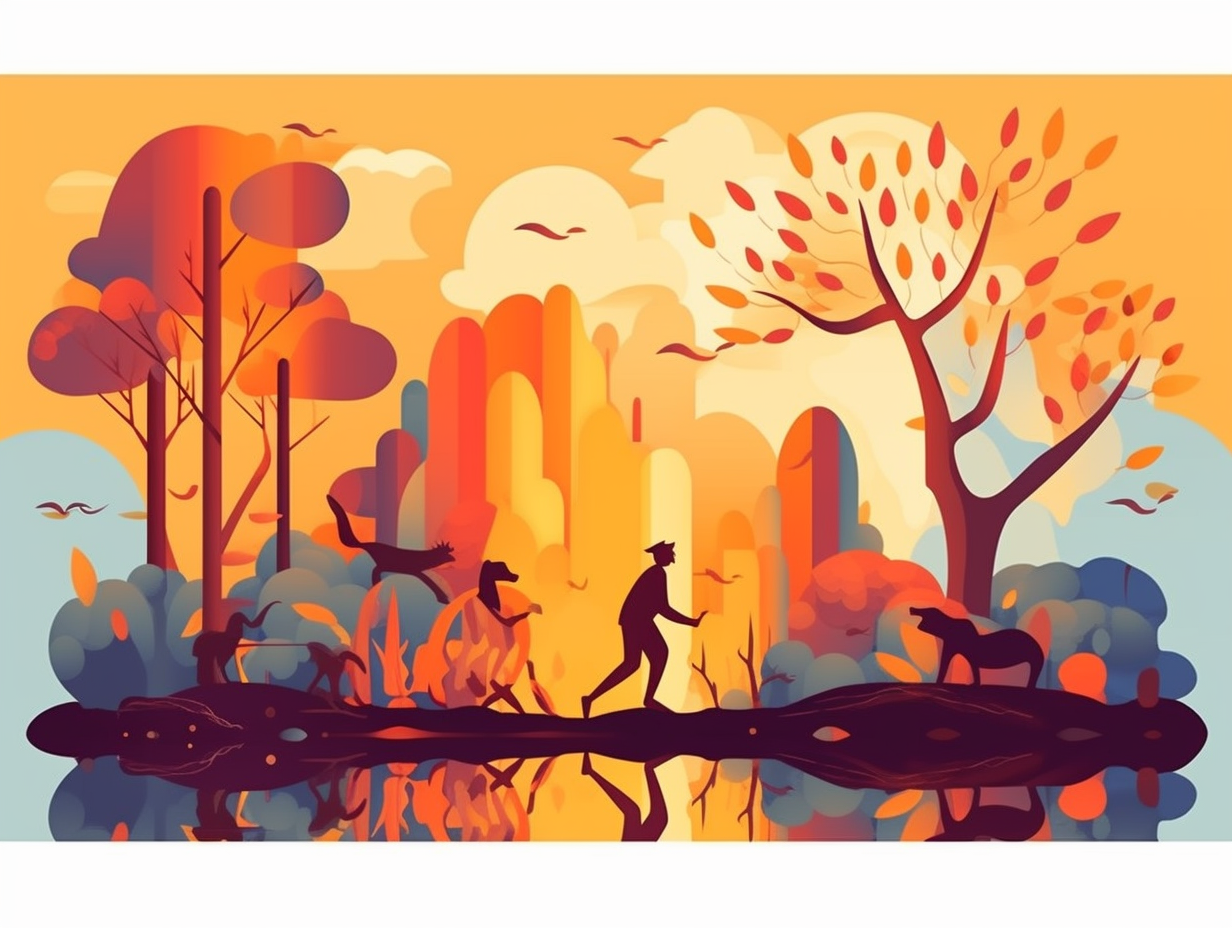
10. Dinosaurs' Flirty Path to Flight
Who says flirting can't take you to new heights? Dazzling dinosaurs once wowed their crushes with their flashy wing game, all before realizing they'd unlocked the cheat code for flight: The vibrant, iridescent feathers on some winged dinosaurs' fossils actually served as fancy displays for mates or scare tactics against rivals, evolving into aerodynamic functions over millions of years and ultimately giving rise to the airborne birds we know today.
Source => scientificamerican.com
11. Dolphins: Sleeping with One Eye Open
Sleeping with one eye open isn't just a phrase for paranoid campers anymore, it's a dolphin's reality show: Remarkably, these marine mammals have the fascinating ability to sleep with half their brain at a time, ensuring that they continue to breathe and stay aware of their surroundings while getting some much-needed rest.
Source => us.whales.org
12. Mimic Octopus: Master of Underwater Comedy
If the sea were an underwater comedy club, the Mimic Octopus would be headlining the show with its masterful impersonations of other marine creatures: Disguised not only by changing colors and textures but also by mimicking the movements of its fellow sea-dwellers, the Mimic Octopus (Thaumoctopus mimicus) skillfully evades predators and hunts prey with this versatile camouflage act.
Source => ocean.si.edu
13. Vampire Bats: Juggling Diet and Bloodlust
Sink your teeth into this juicy tidbit: Vampire bats aren't just bloodthirsty night crawlers but can also munch on other food sources, although they hold a bloody preference. With blood being low in calories and protein-packed, these bats have evolved to gulp down more than their body weight in blood every night, while their unique genomic adaptations have led to ditching nonessential genes and enhancing their brain enzymes for improved social behavior and cognitive function.
Source => sciencefriday.com
Related Fun Facts



